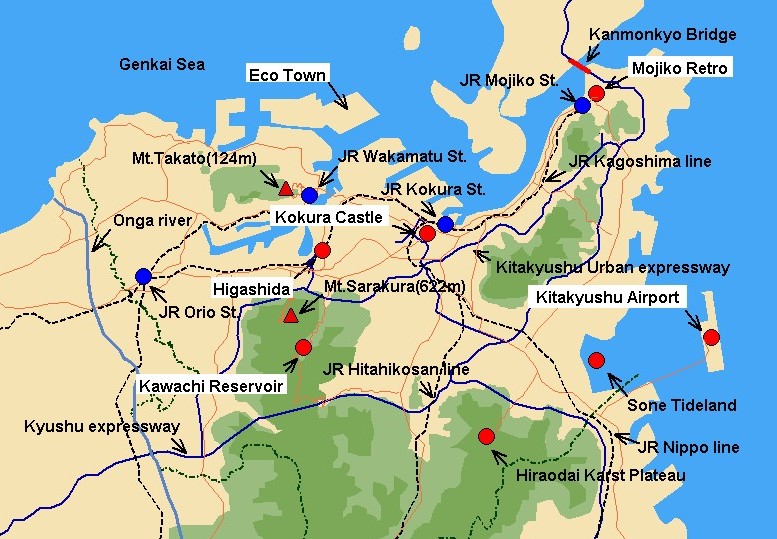Geography learning in Kitakyushu-city
HOME
Geography is a field of science devoted to the study of the lands, features, inhabitants,
and phenomena of Earth. Kitakyushu has unique geographical features, therefore Earth
and its human and natural complexities and also how they have changed and come to
be can be learned.
Hiraodai karst plateau
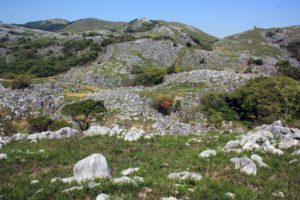 |
One of the three largest in Japan along with the Akiyoshi-dai
Plateau and the Shikoku Karst. It is located in south-eastern
part of Kitakyushu-city. At altitudes between 400 and 600 meters
above sea level and stretching 6 km from north to south and
2 km from east to west.
|
Hiraodai Limestone Caves
There are three limestone Caves in Hiraodai Karst and each cave has different unique feature.
Senbutsu limestone cave
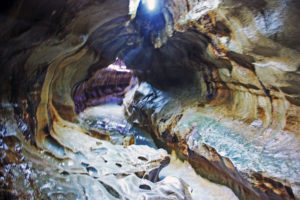 |
Literally means 1,000 Buddha Cave, is the largest of the caves
in Hiraodai Last Plateau, extending about 900 m while meandering
toward the northeast. The shape of the cave is narrow, narrow
ceiling ravine with a maximum width of 10 m and a maximum
ceiling height of 15 m.
|
Mejiro limestone Cave
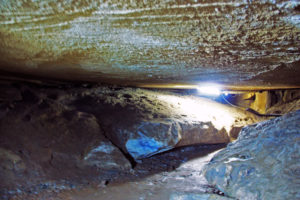 |
It is the longest cave in Hiraodai Karst, over 2 km in length.
The highlight of this cave is the monolithic ceiling which is a
very unique structure as a limestone caves.
|
Ojika limestone cave
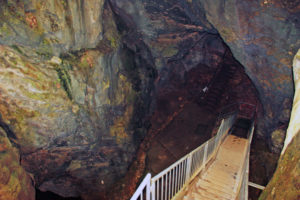 |
The cave is called footfall of dinosaurs. It is the very rare cave in
Japan; the entrance is vertical pit with 25 meter, when getting down
to the bottom, you follow the underground horizontal cave
and you can see the hidden aspects of Hiraodai Karst.
|
Hirotani Wetland
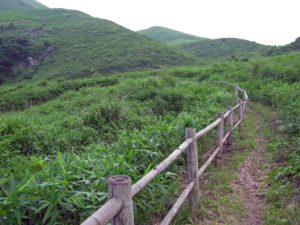 |
It is the only wetland in Fukuoka Prefecture, located 600 meters west
from Seiryu Cave and 2,500 m east from Hiraodai Nature Observation
Center. The wetland is an important part of Hiraodai Karst landform,
offering a variety of wetland plant life such as the Sagiso (rein orchis),
Tokiso (pogonia), and Nohanasyobu (iris).
|
Sone Tideland
 |
Sone tideland facing the Seto Inland Sea from Sone, and is one of the
largest tideland in the Seto Inland Sea. The tideland is the home to
some 326 species of benthic animals in the tidal flat, including a handful
of endangered species, like the ancient horseshoe crab that has not
changed since the age of dinosaurs. Several endangered birds are
seen during the summer, like the Saunders’s Gulls, Eastern Marsh
Harrier, and the Intermediate Egret.
|
Hibikinada Biotope
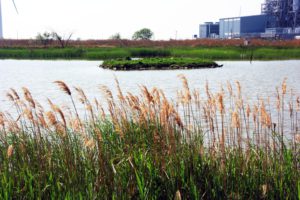 |
Japan’s largest Biotope, the Pradise of creatures made over the year
in the waste disposal site. 237 kind of birds including circus spinouts
listed on the Japan’s endangered species and 284 kind of vegetation
have been confirmed in the Biotope of 41 hectares.
|
-
Study tours to Kyushu

